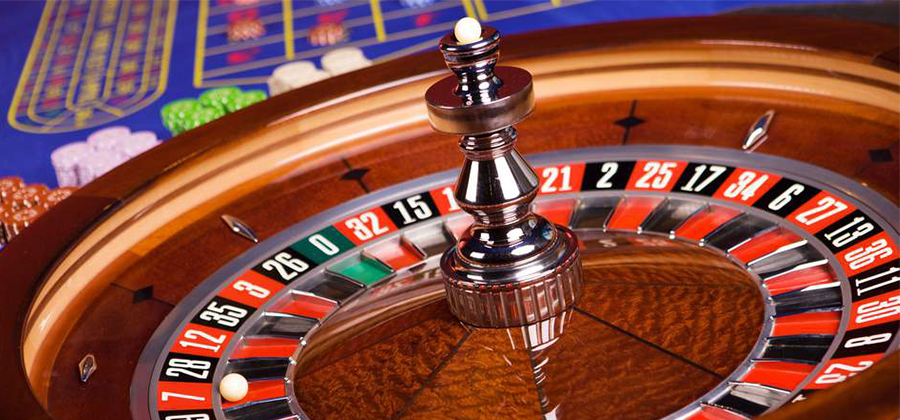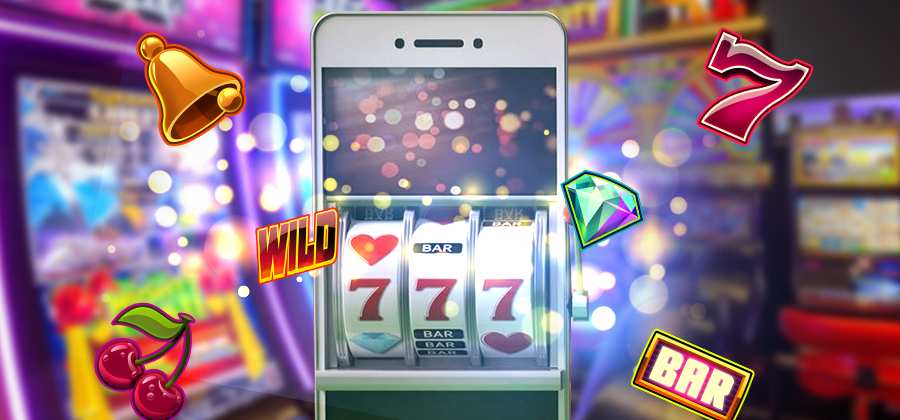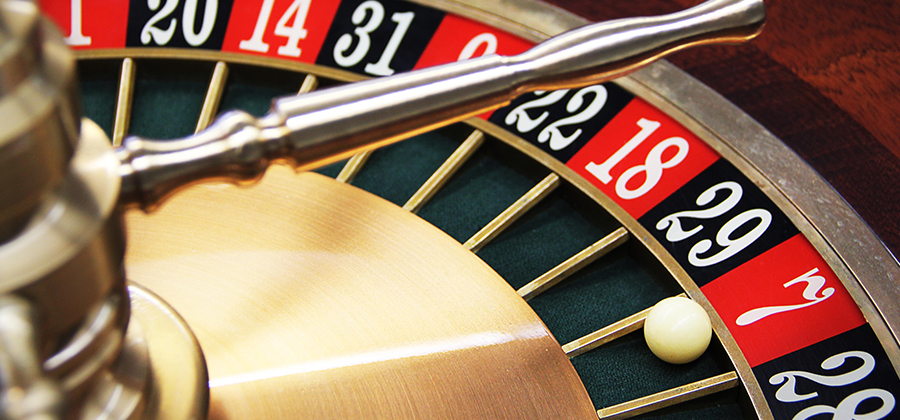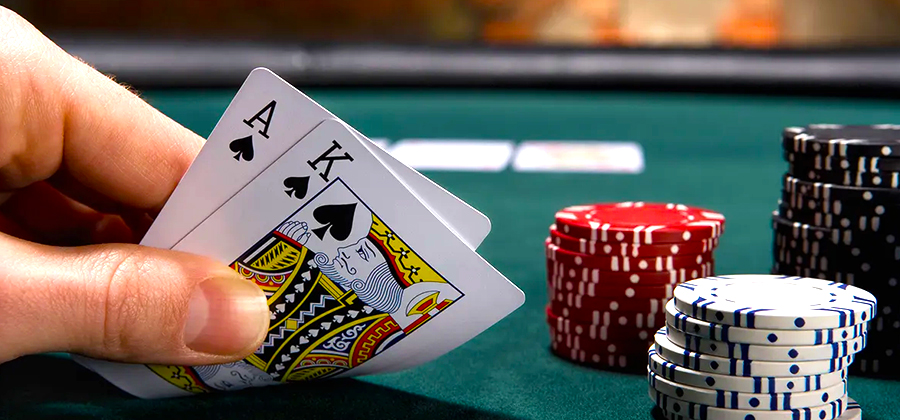This guide will cover all of the important information regarding how to play French roulette.
We at Fruity King NZ believe that our customers have the best possible experience when playing any of the wide variety of games we offer. Roulette is one casino game that has stood the test of time and is as popular today as it was centuries ago. Indeed, the origins of roulette are embedded in mystery, as evidence shows that the Ancient Greeks, Chinese and Romans played games similar to roulette.
However, many historians believe that the first version of the game was created by the French mathematician Blaise Pascal in the 17th century whilst attempting to create a perpetual motion machine.
Each roulette variant has a slightly different house edge. American roulette has a house edge of 5.26% (RTP of 94.74%). European roulette has a house edge of 2.6%. RTP is the return-to-player percentage.
This article aims to inform you about the French version of roulette. This game version is less prevalent than its European and American counterparts, but it has the lowest house edge of 1.35%, so French roulette is well worth checking out.
Table of Contents
The French Roulette Wheel and Table Differences
The roulette wheel has 37 pockets numbered 1 to 36 and a green single zero. The French roulette tables have outside bets spread across both sides, contrasting with American and European roulette tables with outside bets on one side of the table.
Another difference is how the numbers are positioned on the French roulette wheel, which is they are facing in like the European wheels. In contrast, the American wheels have the numbers facing out.
French Roulette Bets

The Frech versions’ rules are similar to the American and European versions. The difference between French roulette and its counterparts is that it offers special bets you will not find anywhere else.
French Roulette has three types of bets, the inside, the outside and the announced. European roulette also has inside and outside bets.
All bets placed on the inner section of the table are called inside bets; these bets are made on a specific number or numbers. Inside bets have lower winning chances but offer higher payouts.
- The straight bet is placed on a single number.
- The split bet is made on two adjacent numbers on the numbers grid.*
- The street bet is placed on three numbers in a row (you must set the chip at the end of the row).
- The corner bet is made on a group of four numbers (you must place the chip in the middle of the four chosen numbers).
- The six-line bet is made on two adjacent rows of numbers (you must place the chip at the end of each row).
The outside bets cover the outer section of the table. They have French names but offer a lower payout. However, there is a higher winning chance when you place an outside bet.
- The Impair et pair (odd and even) is a bet on any odd or even numbers.
- The Manque et passed (high and low). You place this bet on any of the low (1 to 18) or high numbers (19 to 36).
- The Douzaine (Dozen). You place this bet on one of the three dozen. 1 to 12 ((premiere douzaine). 13 to 24 (moyenne douzaine and dernier douzaine 25 to 36.
- The Rouge et Noire (red and black) is a bet where you bet on any red or black number.
- The column bet is where you bet on one of the three columns of numbers.
- The snake has a pattern that looks a little like a snake. It covers the numbers 1, 5, 9, 12, 14, 16,19, 23, 27,30, 32, and 34. You place your chips on the lower corner of the 34 square.
Announced or Call Bets Explained
The third group of bets in French roulette are advanced, and it is easier if you learn them before playing the game. It is enough to say when you want to place an announced (call) bet. However, it would be best if you placed your chips on the table in addition to calling your bet.
Below, we shall list some common types of announced (or call) bets in French roulette.
- Le Tiers du Cylindre – This bet translates to ‘the thirds of the wheel’, and it covers twelve numbers (27 to 33), and numbers are opposite from zero on the roulette wheel. You must place six chips on splits between these 12 numbers (*please refer to split bets above). Split chances here are 5-8, 10-11, 13-16, 23-24, 27-30, and 33-36.
- Voisins du Zero – This bet translates to ‘the neighbours of zero’ and covers 17 numbers on the wheel from 22 to 25. For this bet, you place nine chips on a combination of five splits – a corner bet on 2, 26, 28, and 29, and a 3-number bet on 0, 2, and 3.
- The Orphenlins – This bet translates to ‘orphans’ and relates to the eight numbers not included in the two bets mentioned above. For this bet, you will use five chips – four of which you wager across four splits, and one must place on the number one (the straight up). There is another version where eight chips are placed as straight bets on each number, called Orphelins en Plein.
- The Finales en Plein – In this wager, you bet on an individual number ending in the same digit. Betting on 1, 11, 21, and 31 is called Finale 1 en Plein. Betting on 2, 12, 22, and 32 is Finale 2 en Plein. All wagers are considered the same as straight-up bets with a payout of 35:1.
- The Finales a Cheval – With this bet, players are asked to make several split and straight-up bets that cover two chosen numbers. For instance, if you place a Finales a Cheval on 1 and 2, you will include all the numbers that end in 1 or 2.
- The Neighbours – The neighbour’s bet consists of five numbers (one of your choosing and two on each side of your chosen number).
The La Partage and En Prison Rules Explained
These additional rules lower the house edge from 2.70% to 1.35%, and both are applicable only on even money bets.
- La Partage – This translates to ‘sharing or dividing’. If the ball lands in the green zero pocket, all even money bets are split in half, with one going back to the player.
- En Prison – This translates to ‘imprisoned’. As a variation of the La partage rule, the wager becomes imprisoned during one spin. If the ball lands, the croupier places a mark on all even money bets. The marked stakes remain imprisoned until the ball fails to land on the single zero. Players can then take their original stake if their bet wins on the next spin.
In Summary
With its additional rules, French roulette is undoubtedly worth checking out, although it would be a good idea to try it out on a demo version when playing online before committing any of your hard-earned cash.



 by
by 


